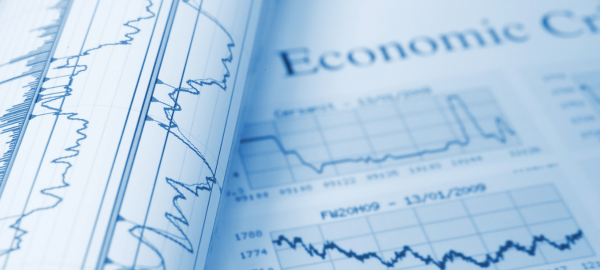Did you miss Ardent Partners’ recent webinar, State of Procurement 2025: Reinventing Procurement for the Autonomous Age? The event featured a dynamic conversation between Andrew Bartolini, founder and chief research officer of Ardent Partners, and Erin McFarlane, vice president, operations for Fairmarkit, on the current state of procurement, key performance benchmarks from the just-released CPO Rising 2025 report, and the forward-looking strategies that Best-in-Class teams are using to unlock agility, resilience, and value.
In this three-part series, we feature articles based on the webcast discussion as well as this link to the full event.
The world of procurement has always been complex, but in 2025, it’s more turbulent than ever. Procurement leaders and professionals are navigating a sea of unpredictability, where volatility isn’t just a feature of the landscape — it is the landscape. From conversations with clients to insights in market research, the sentiment is clear: While procurement has never been easy, this year feels uniquely unstable. The pressures are mounting from multiple directions, such as rising costs, inflationary pressure, supply chain fragility, and trade uncertainty, which is placing even more demand on procurement teams to deliver strategic value under challenging conditions.
Constant Flux of Disruptive Forces
One of the defining traits of today’s procurement environment is the sheer volume of disruptive forces acting simultaneously. The pandemic acted as a major inflection point, shattering long-held assumptions about global supply chains and ushering in a new era defined by constant disruption. Since then, procurement professionals have found themselves navigating an ever-shifting maze of “Black Swan” events — unexpected and high-impact disruptions that fundamentally alter business dynamics.
In the aftermath of COVID-19, supply chains across the globe were stretched to their breaking points. What was once considered unprecedented — raw material shortages, shipping delays, production halts — has become disturbingly common. Today, these disruptions persist, fueled not just by leftover pandemic bottlenecks but by climate-related events such as extreme weather, natural disasters, and now, more than ever, geopolitical unrest. The modern supply chain is globally interconnected, and that interdependence, once seen as a strength, now poses a significant risk.
All markets, large and small, affected. Unlike in previous decades, where disruptions were more localized and industries more insulated, today even small- or mid-sized businesses in the heartland of the United States are deeply connected to international suppliers, services, and logistics networks. Whether it’s offshore manufacturing, outsourced services, or cloud-based operations managed globally, the reach of globalization means that few organizations are immune to overseas instability. This is a far cry from the 1990s or early 2000s, when the initial wave of outsourcing to low-cost countries like China revolutionized sourcing strategies, giving birth to a generation of cost-efficient supply chains. That model, however, has come under immense strain.
Uncertainty of inflation. Overlaying these structural challenges is the economic wildcard of inflation. For many working in procurement today, the kind of inflation experienced over the last three years has no precedent in their professional lifetimes. After decades of relative price stability, inflation has returned with force, upending budgets and undermining predictability. Compounding the problem, some suppliers have taken advantage of the inflationary environment to hike prices beyond their own cost increases, introducing another layer of complexity to sourcing negotiations and vendor relationships.
Global trade policy fluctuation. But perhaps the most frustrating challenge for procurement teams in 2025 is the uncertain nature of global trade policy. The age of free trade that characterized the early 21st century is fading, replaced by a fragmented and frequently politicized set of tariffs, restrictions, and trade agreements. Tariffs — once implemented with clear scope and duration — are now being introduced or modified unpredictably. The lack of transparency and consistency makes it nearly impossible for procurement professionals to create long-term strategies or confidently explore new sourcing options.
This is the core of today’s procurement dilemma: building a strategy for a world where the rules keep changing. If tariffs can shift overnight, if inflation continues to destabilize costs, and if supply chains are disrupted by everything from war to weather, how can organizations chart a path forward?
Uncertainty Is the Rule
The answer lies in acknowledging that uncertainty is no longer the exception — it is the rule. Procurement must adapt by building resilience into every aspect of its function. This means diversifying supplier networks, leveraging real-time data and AI-driven insights, strengthening supplier relationships, and ensuring greater agility in sourcing models. Success in 2025 and beyond will not come from playing by the old rulebook but from writing a new one — one built for flexibility, foresight, and the fortitude to thrive in a world of constant change.


